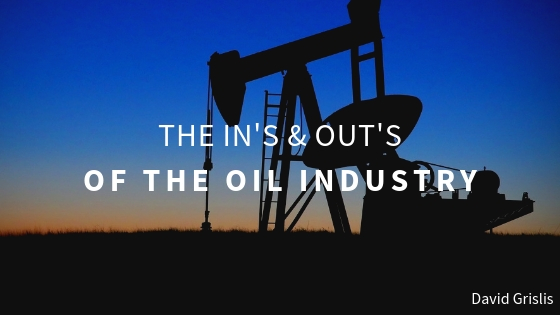When it comes to dollar value, the oil and gas industry is considered the largest sector in the world. In specific regions where major National Oil Companies (NOC) are situated, oil and gas companies often significantly contribute to national Gross Domestic Product (GDP). Fuel oil and gasoline (petrol) are produced at large by the oil and gas industry, and with crude petroleum serving as the primary material for chemical products such as fertilizers, plastics, and pharmaceuticals, the oil industry proves fundamental to a variety of other industries.
Three key sectors comprise the oil and gas industry. The first, being upstream, encompasses means of exploration and recovery. Often, this involves searching for natural gas or crude oil fields underground and underwater, as well as drilling into already established wells to recover necessary resources.
Midstream, the second sector, entails transporting and processing oil and gas. Recovered resources need to be transported to refineries, which are often located significant distances away from the initial site. Transportation can encompass pipelines, tanker ships, or trucking fleets.
Downstream refers to filtering raw materials often obtained from upstream phases. This process includes refining and purifying raw materials in preparation for distributing products to consumers.
Despite the fact the oil industry serves as a fundamental industry to others, major environmental disasters, such as the Deepwater Horizon oil spill, have cast scrutiny on the oil and gas industry. Increased economic consciousness, as well as trends toward alternative energy, have also posed threats to traditional gas and oil companies.
While these complications prove troublesome, there has been a recent resurgence of confidence in the oil industry. Since the price collapse in 2014, industry growth has been steadily increasing at a remarkable rate. Prices have stabilized and the industry’s outlook proves promising, as employment shows signs of resurgence. The U.S. oil industry alone is projected to create tens of thousands of jobs in 2018 to support the increase in active drilling rigs.
As for 2019, the U.S. Energy Information Administration predicts that crude oil production will average a monthly record of 12.1 million barrels per day (b/d), rising at a faster rate than initially anticipated. This higher production forecast predicts the global oil demand growth will increase to 1.5 million b/d, with the U.S. among the only regions expected to see accelerated industrial production growth. As a result of this higher oil production, crude oil prices are projected to cost less than previously anticipated.
